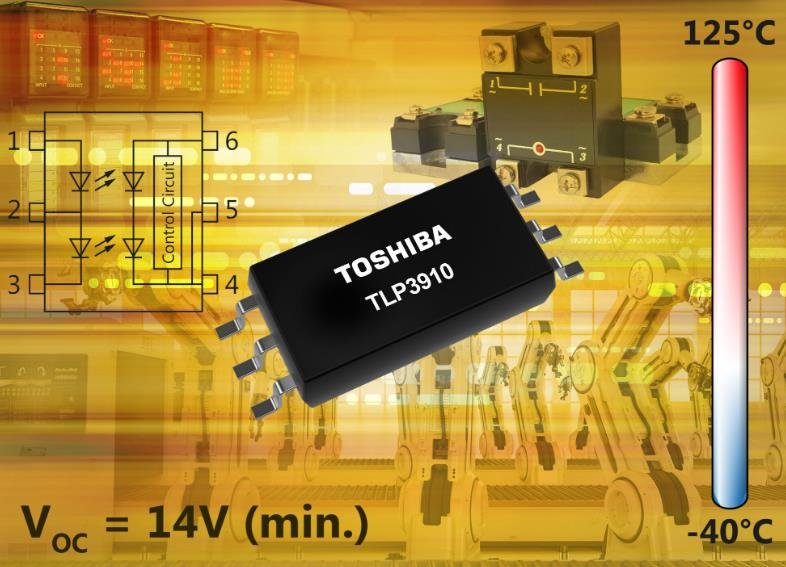Thermal analysis is a crucial step in designing electronic circuits that use power MOSFETs. The heat generated by these devices can affect their performance and reliability, as well as the functionality of other components in the circuit. However, performing thermal analysis can be challenging due to the complexity of the device geometry and the heat transfer mechanisms involved.
Toshiba Electronic Devices & Storage Corporation has developed a solution to this problem by creating simplified models for MOSFETs that are suitable for computational fluid dynamics (CFD) simulations. CFD is a technique that uses numerical methods and data structures to solve problems related to fluid flow and heat transfer. CFD can provide accurate and detailed information about the temperature distribution, heat flow, airflow, and other aspects of thermal behavior in electronic circuits.
What are Simplified CFD Models?
Simplified CFD models are three-dimensional models that simplify the actual shapes of MOSFETs that affect the heat-flow path to block-shaped structures. They also adjust the material properties of the components from the general values to match the thermal characteristics of the devices. The models are provided in ISO standard STEP formats, which are compatible with many 3D CAD tools and thermal fluid analysis tools.

Toshiba has released simplified CFD models for several MOSFET products, including low-voltage MOSFETs, high-voltage MOSFETs, and SiC MOSFETs. The models can be downloaded from Toshiba’s website along with an application note that explains how to use them.
How to Use Simplified CFD Models?
To use simplified CFD models, users need to follow these steps:
- Import the model file into a 3D CAD tool and check the dimensions and orientations of the components.
- Export the model file as a mesh file that can be imported into a thermal fluid analysis tool.
- Set up the boundary conditions, such as heat sources, heat sinks, ambient temperature, airflow, etc.
- Run the simulation and analyze the results.
The application note provides detailed instructions and examples for each step. It also provides guidelines on how to interpret the simulation results and how to optimize the thermal design of the circuit.
What are the Benefits of Simplified CFD Models?
Simplified CFD models offer several benefits for users who want to perform thermal analysis of MOSFETs:
- They reduce the time and effort required to create device models for CFD simulations.
- They enable users to visualize the three-dimensional behavior of temperature distribution and flow velocity around MOSFETs.
- They help users to identify potential thermal issues and improve the reliability of MOSFETs and circuits.
- They support users to compare different MOSFET products and select the best one for their applications.
Simplified CFD models are a useful tool for engineers who design electronic circuits that use power MOSFETs. They can help them to perform thermal analysis more easily and effectively, and to achieve better thermal performance and efficiency.
